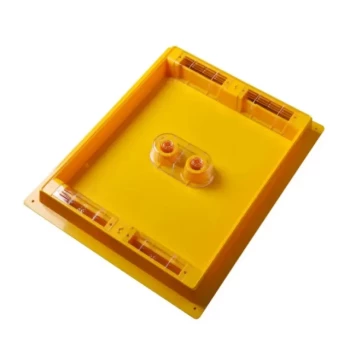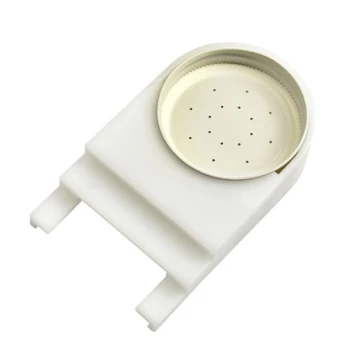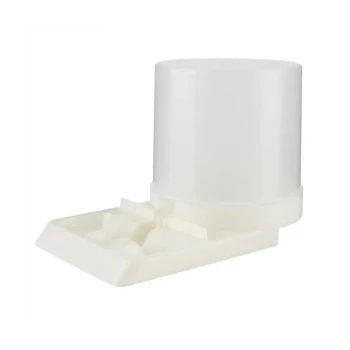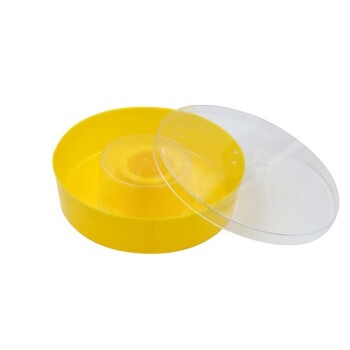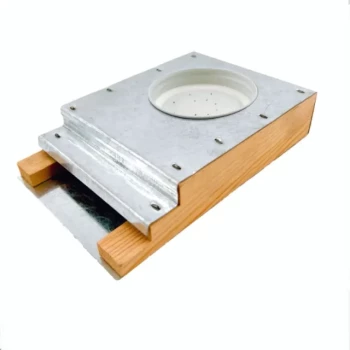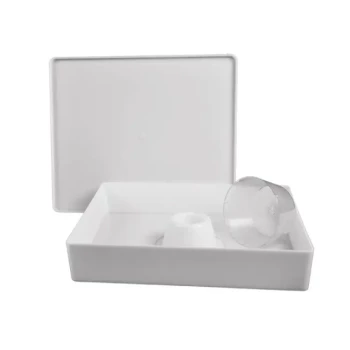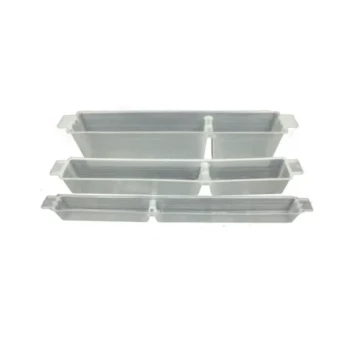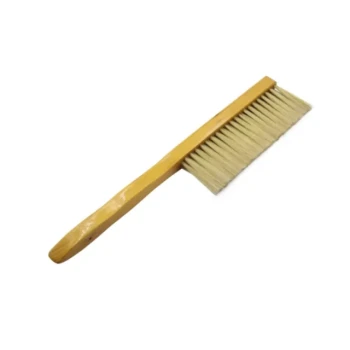Beekeepers aiming for robust colony growth must master targeted feeding strategies. This guide explores the scientific rationale behind sucrose syrup, pollen substitutes, and protein supplements—backed by research—to help you replicate successful colony buildup sustainably.
Feeding Strategies for Colony Buildup
The Role of 1:1 Sucrose Syrup in Stimulating Brood Production
A 1:1 sucrose-water solution mimics natural nectar, triggering worker bees to accelerate brood rearing. Research shows colonies fed this ratio during early spring:
- Stimulate queen laying: The syrup’s similarity to nectar signals resource availability, encouraging the queen to expand brood cells.
- Boost worker productivity: Nurse bees metabolize sucrose efficiently, enhancing their ability to care for larvae.
Practical tip: Feed in late afternoon to reduce robbing and align with bees’ natural foraging rhythm.
How Pollen Substitutes Enhance Nutrient Intake During Scarcity
Pollen substitutes bridge gaps during floral scarcity, providing essential proteins and lipids. Studies indicate colonies supplemented with high-quality substitutes:
- Maintain brood health: Substitutes with 20–25% protein content support larval development comparably to natural pollen.
- Extend foraging longevity: Well-nourished bees exhibit stronger immune responses and higher foraging efficiency.
Did you know? Temperature-stable hive designs (like polystyrene) synergize with feeding programs by maintaining optimal brood-rearing conditions.
Sham Patties: Balancing Protein Supplementation and Cost Efficiency
Sham patties—a mix of soy flour, yeast, and essential oils—offer affordable protein supplementation. Key advantages:
- Cost-effective: Commercial apiaries report patties reduce reliance on expensive natural pollen during dearth periods.
- Customizable: Adjust oil content (e.g., lemongrass or thyme) to enhance palatability and antimicrobial benefits.
Monitor closely: Overfeeding can lead to hive congestion; use patties sparingly in active brood-rearing phases.
Monitoring and Adjusting Feed Protocols
Key Metrics to Track Colony Response to Feeding
- Brood pattern consistency: Spotty brood suggests nutritional gaps or queen issues.
- Hive weight fluctuations: Sudden drops indicate insufficient stores; steady gains confirm feeding efficacy.
- Forager activity: Increased flight traffic correlates with successful nutrient uptake.
Pro tip: Combine visual inspections with hive scales for data-driven adjustments.
Seasonal Timing for Maximum Efficacy
- Spring: Prioritize 1:1 syrup to kickstart brood production.
- Summer: Shift to pollen substitutes during nectar flows to prevent protein deficits.
- Fall: Use thicker 2:1 syrup to bolster winter stores.
Remember: Local climate and flora dictate timing—track regional bloom calendars.
Ready to elevate your beekeeping operation? HONESTBEE’s wholesale beekeeping supplies equip commercial apiaries with research-backed tools—from high-efficiency feeders to nutrient-rich supplements. Partner with us to build resilient, thriving colonies.
Visual Guide
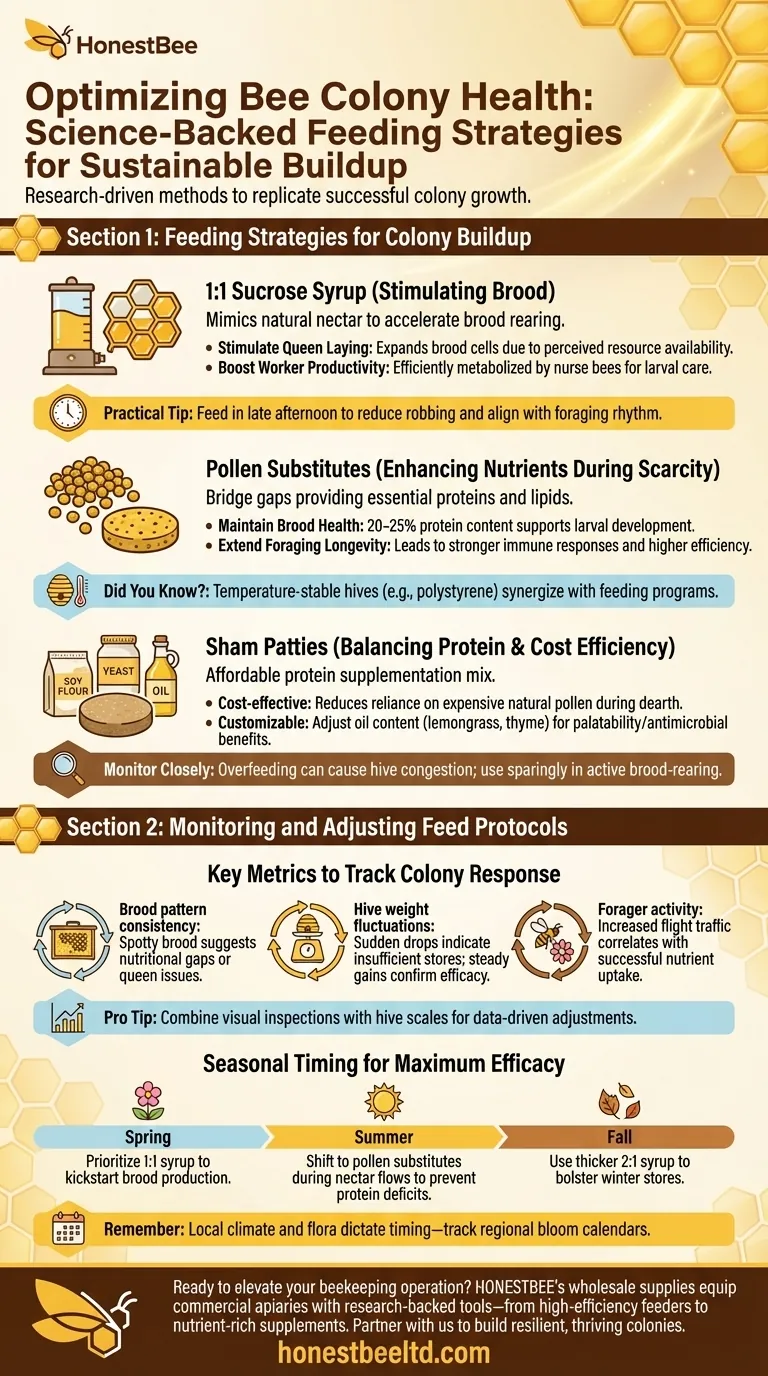
Related Products
- Rapid Bee Feeder White Plastic 2L Round Top Feeder for 8 or 10-Frame Bee Hives
- Professional Hive Top Bee Feeder for Beekeeping
- Classic Boardman Entrance Bee Feeder Hive Front Feeding Solution
- HONESTBEE Entrance Bee Feeder Professional Hive Nutrition Solution for Beekeeping
- Professional Hive Front Entrance Bee Feeder
Related Articles
- How to Boost Bee Colony Health with Natural Pollen: A Beekeeper’s Guide
- How to Choose the Right Bee Feeder: Matching Capacity and Feeding Rates to Your Hive
- How to Successfully Introduce Queen Cells to Beehives: A Beekeeper’s Guide
- How Pro Feeders Enhance Hive Health in Langstroth Beekeeping Systems
- How Beekeepers Can Optimize Autumn Feeding for Stronger Winter Colonies


